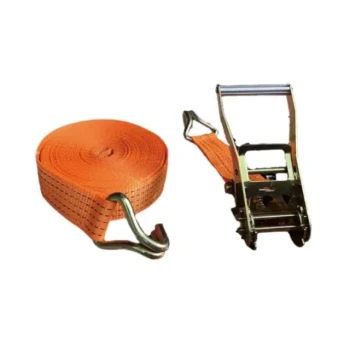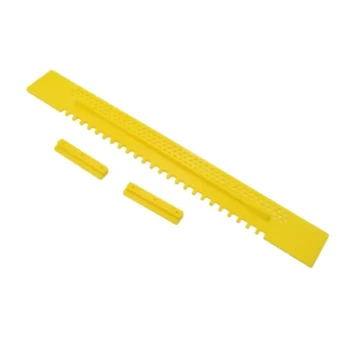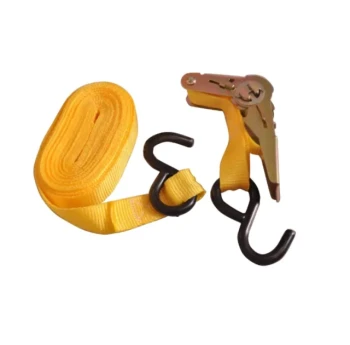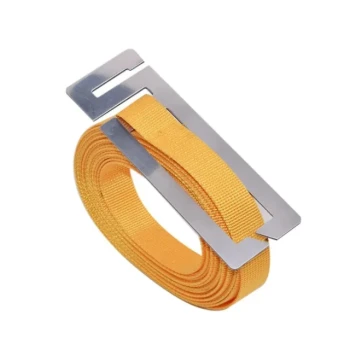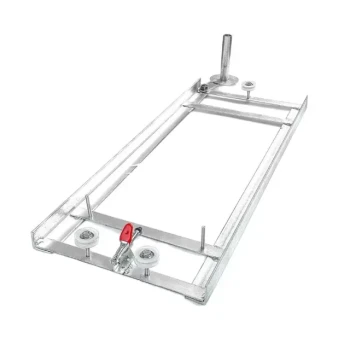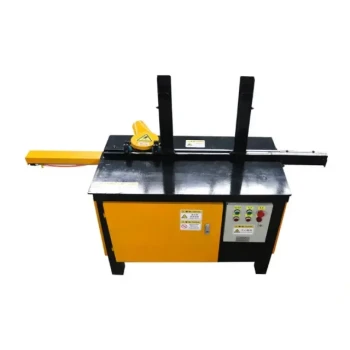For the vast majority of new beekeepers, the Langstroth hive is the best and most recommended choice to buy. Its modular design, widespread availability of parts, and the wealth of educational resources make it the undisputed industry standard, providing the clearest path to success as you learn the craft.
The "best" hive is not a universal answer but a personal one, defined by your goals, physical abilities, and beekeeping philosophy. The core decision lies between the highly productive, standardized Langstroth hive and the more natural, less physically demanding Top Bar hive.
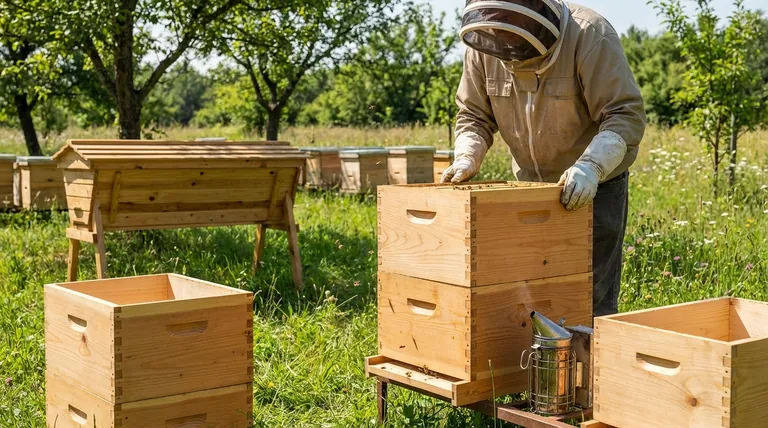
The Two Dominant Hive Philosophies
Choosing a hive is about more than just a box for bees; it's about selecting a management system that aligns with your objectives. The two most popular styles represent distinct approaches to beekeeping.
The Langstroth Hive: The Industry Standard
The Langstroth hive is a vertical, modular system composed of stacked, interchangeable boxes. Each box holds removable frames that encourage bees to build straight, orderly comb.
This design is the backbone of modern beekeeping. Its key advantage is efficiency. The standardized frames can be easily moved for inspections and placed in an extractor for clean and efficient honey harvesting.
Beekeepers use different box sizes for specific purposes. Deep hive bodies are typically used for the brood chamber where the queen lays eggs, while shallower medium or shallow supers are added on top for honey storage.
The Top Bar Hive: The Naturalist's Choice
The Top Bar hive is a horizontal, single-box hive. Instead of full frames, it uses simple wooden bars laid across the top of the hive cavity.
Bees build their comb naturally, hanging down from these bars without the constraint of a four-sided frame. This is often considered a more natural and less intrusive method of beekeeping.
Management involves lifting one bar at a time, which is much lighter than lifting an entire box, making it a popular choice for those looking to avoid heavy lifting.
Key Factors That Should Guide Your Decision
Your personal context is the most important factor in determining the right hive for you. Analyze your situation against these key variables.
Your Physical Strength
Langstroth hives require lifting heavy boxes. A medium super filled with honey can easily weigh 40-50 lbs (18-23 kg). If heavy lifting is a concern, the Top Bar hive, where you only lift one 5-8 lb comb at a time, is a much better option.
Your Primary Goal
If your goal is maximizing honey production, the Langstroth hive is purpose-built for it. Its efficiency in extraction is unmatched. If you are more interested in pollination and a less-intensive hobby, the Top Bar's simpler approach may be more appealing.
Cost and Equipment Availability
Langstroth components are mass-produced, easy to find, and often interchangeable between manufacturers. While a Top Bar hive can be a simple DIY project, finding compatible equipment or mentors with experience can be more challenging in some areas.
Local Beekeeper Support
As a new beekeeper, having a local mentor is invaluable. The vast majority of beekeeping clubs and mentors are most familiar with Langstroth hives, giving you a much larger support network to draw from.
Understanding the Trade-offs
No hive is perfect. Being aware of the inherent compromises in each design is crucial for making an informed decision and avoiding future frustration.
The Langstroth Trade-off: Weight and Intervention
The primary drawback of the Langstroth is weight. The system's efficiency comes at the cost of lifting heavy boxes during inspections and harvests. Its design also encourages more frequent inspections and manipulation of the colony.
The Top Bar Trade-off: Comb Fragility and Extraction
The natural comb in a Top Bar hive is not supported by a four-sided frame, making it extremely fragile and easy to break, especially for new beekeepers. Furthermore, harvesting honey requires cutting the comb from the bar, then crushing and straining it—a messier process that sacrifices the beeswax comb.
Making the Right Choice for Your Goal
Ultimately, the bees will thrive in any well-managed hive. The choice is about which system works best for you, the beekeeper.
- If your primary focus is learning the craft with the most support and resources available: The Langstroth hive is the clear and definite starting point.
- If your primary focus is maximizing honey production with efficient, standard equipment: Choose the Langstroth hive for its proven, production-oriented design.
- If your primary focus is a natural, low-intervention approach that avoids heavy lifting: The Top Bar hive is an excellent fit for your philosophy and physical requirements.
Select the hive that best aligns with your personal beekeeping journey and goals.
Summary Table:
| Feature | Langstroth Hive | Top Bar Hive |
|---|---|---|
| Design | Vertical, modular boxes | Horizontal, single box |
| Best For | Maximizing honey production, standard equipment | Natural, low-intervention beekeeping |
| Physical Demand | Heavy lifting required (40-50 lb boxes) | Light lifting (5-8 lb bars) |
| Honey Harvesting | Efficient extraction with reusable frames | Crush & strain method, wax comb is sacrificed |
| Support & Resources | Extensive, industry standard | Can be more limited |
Ready to Start Your Apiary with the Right Equipment?
At HONESTBEE, we supply commercial apiaries and beekeeping equipment distributors with the high-quality, durable supplies needed for success. Whether you're standardizing with Langstroth equipment or exploring other hive types, our wholesale-focused operations ensure you get the reliable gear your business depends on.
Let's discuss your needs: Contact our expert team today to find the perfect hive and equipment solutions for your operation.
Visual Guide
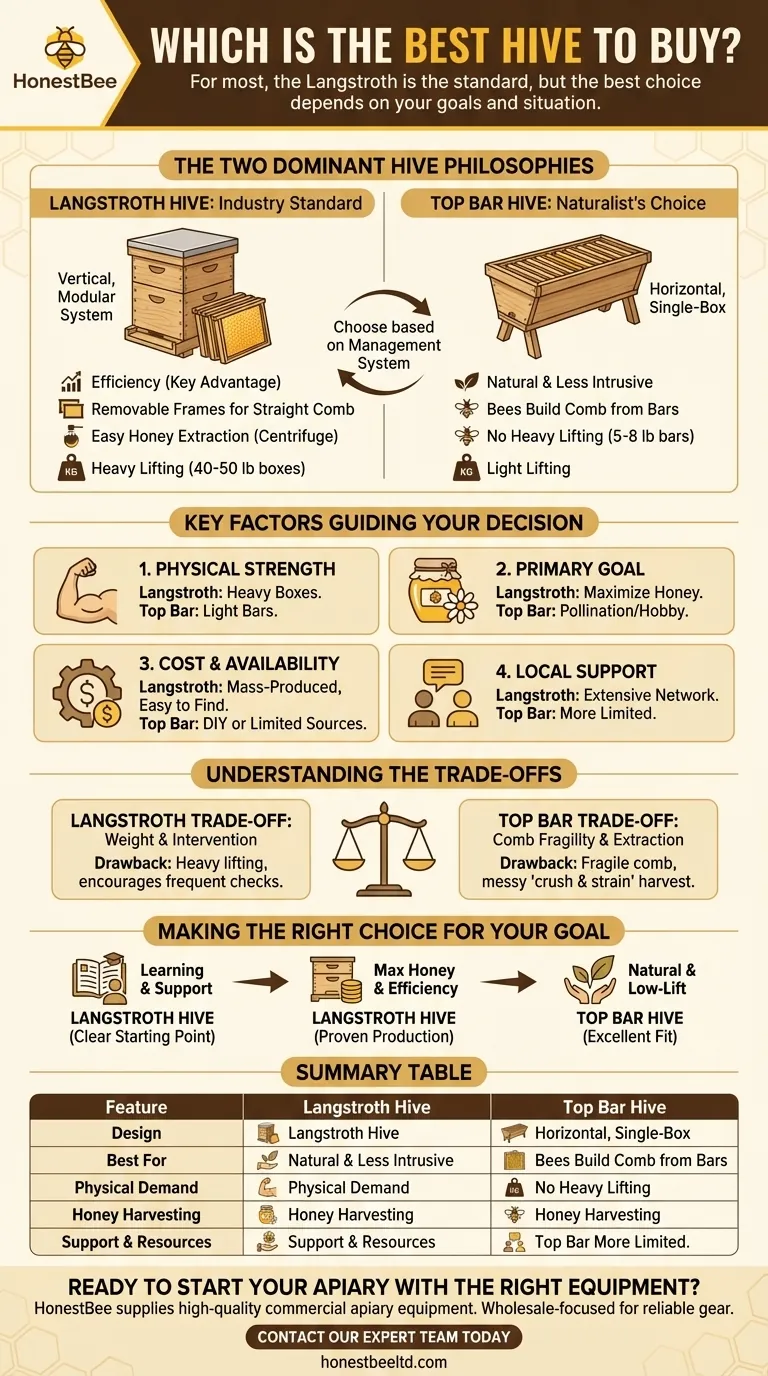
Related Products
- Langstroth Honey Bee Box Hive Boxes for Different Depths
- Professional Galvanized Hive Strap with Secure Locking Buckle for Beekeeping
- Heavy Duty Ratchet Hive Strap
- Professional Reversible Beehive Hive Entrance
- Versatile Ratchet Hive Strap with S-Hooks for Secure Fastening
People Also Ask
- How does a hive box work? A Guide to the Langstroth Hive System for Beekeepers
- How should hive boxes be aligned after reassembly? Ensure a Perfect Seal for Hive Health
- What factors should beekeepers consider when choosing between wooden and polystyrene hives? Maximize Bee Health and Honey Production
- What are the sizes available for Langstroth boxes? A Guide to 8-Frame vs. 10-Frame & Depths
- How is checking honey supers in a Langstroth hive different from inspecting Honey Flow supers? A Guide to Disruptive vs. Non-Invasive Methods


